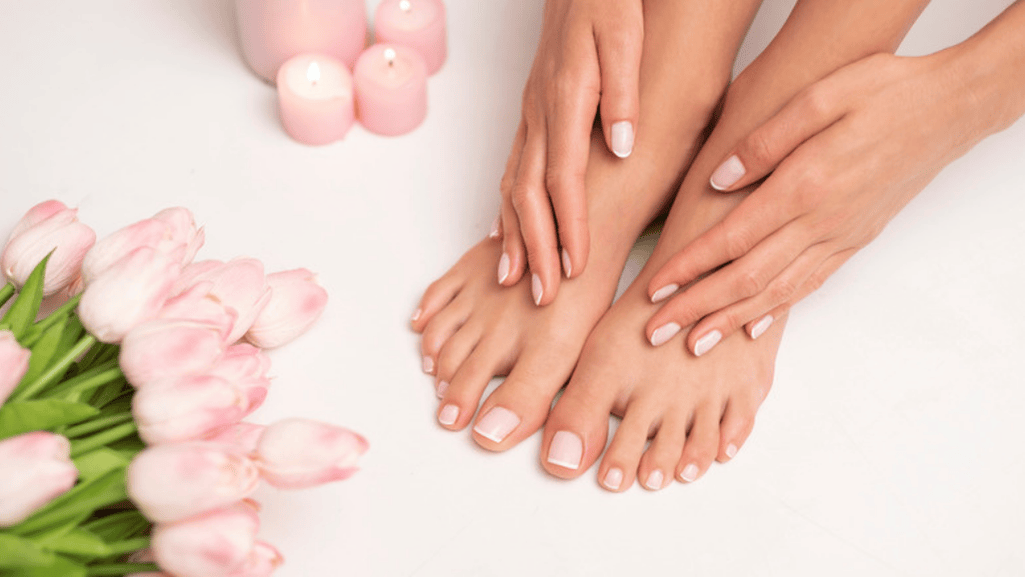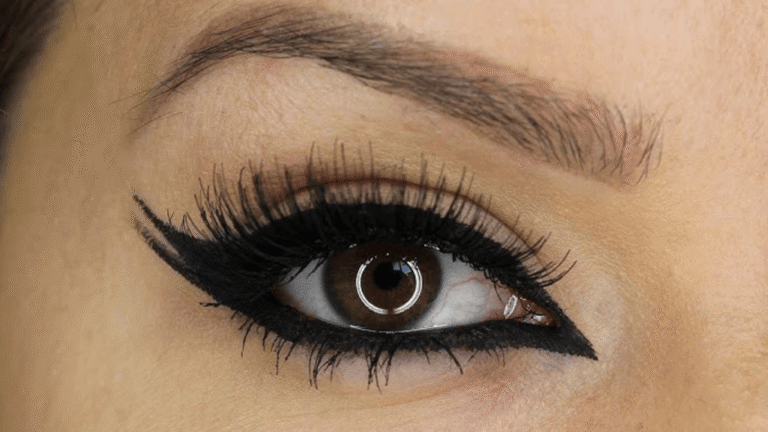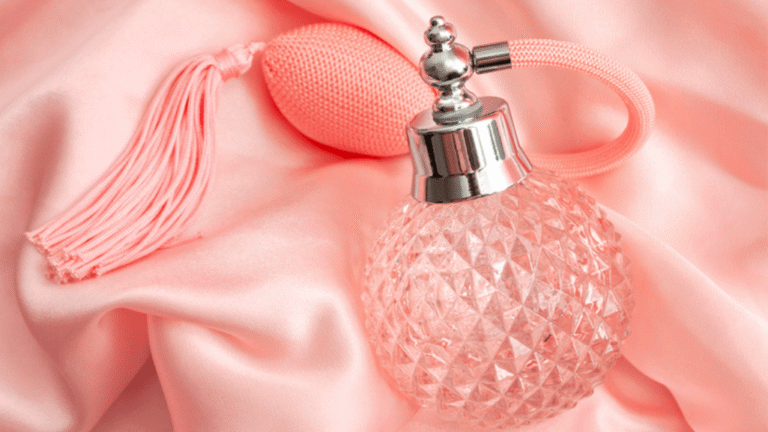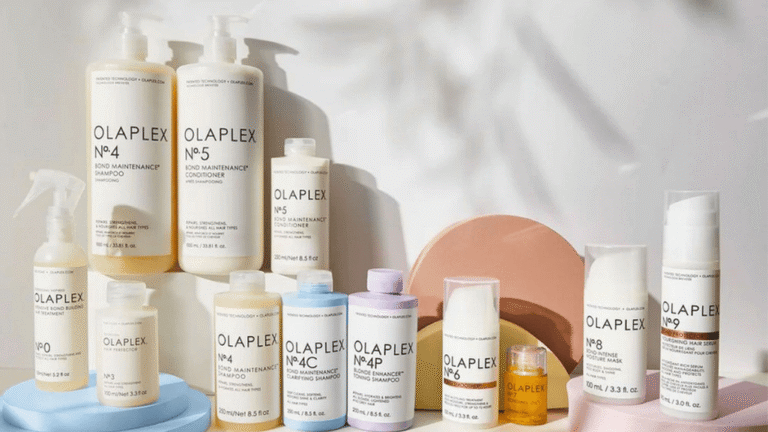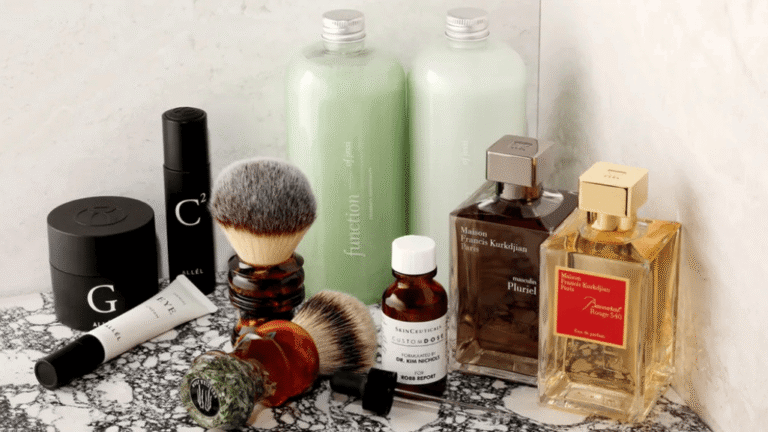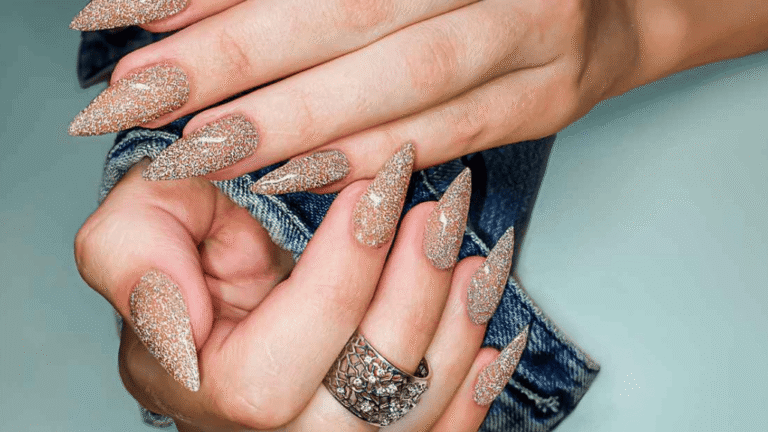Healthy toes start with a short routine you can do at home. A warm, 15–20 minute soak softens skin and makes trimming easier. After a shower or Feet Nails Carefoot bath, toenails are softer and safer to trim.
Use the right tools: a good clipper, emery board, and a pumice file help prevent snagging and pressure in shoes. Keep nail length at the tip of the toes and leave corners slightly longer before smoothing with a file.
Safety first: never cut cuticles, dry between toes, and avoid overly hot water that can dry skin. For diabetes or persistent problems like thick or discolored toenails, see a podiatrist who can trim safely.
Polish is fine, but give nails periodic breaks to avoid discoloration. For more practical tips and a checklist of tools, visit home toenail maintenance.
Key Takeaways
- Soak warm (not hot) for 15–20 minutes to soften skin and nails.
- Trim after bathing, keep nails at the toe tip, and file gently.
- Never cut cuticles; dry between toes and moisturize the skin only where needed.
- Use a clipper, emery board, pumice file, and non-acetone remover for best results.
- See a podiatrist for diabetes, structural issues, or thick/discolored toenails.
Why Healthy Feet and Toenails Matter Right Now
Maintaining clean, intact toe areas prevents small issues from becoming major setbacks. Good lower limb health supports mobility, balance, and overall well‑being. That means fewer missed days of work and less downtime from preventable problems.
Check every day. Look for redness, swelling, warmth, or drainage, especially around the nail edge and between the toes. Intact skin is a primary barrier against bacteria and fungi; cracks and maceration raise the risk of infection.
Wash in a shower or basin with warm water, then dry gently, including between toes. Avoid trimming cuticles—even a tiny cut can let bacteria in. If a toenail becomes thick, discolored, or painful, seek evaluation.
- High-risk people: Those with diabetes, neuropathy, or poor circulation should be extra cautious.
- Professional help: A podiatrist can provide safe trimming and in‑home visits for those who need them.
- Act fast: Early attention to blisters or edge irritation prevents escalation in high‑risk conditions.
For practical, evidence-based guidance, see healthy feet tips.
Set Up for Success: Tools, Products, and a Clean Workspace
A tidy workspace and the right instruments make a quick at-home session safer and more effective. Gather everything before you begin so steps stay simple and hygienic.
Essential tools: disinfected toenail clippers, a stainless steel nipper for thick edges, and a fine emery file or buffer. Include a soft scrub brush and disposable liners for the basin to maintain cleanliness.
- Use non-acetone polish remover to protect the nail plate and plan regular polish breaks to avoid staining.
- Soak in warm (not hot) water for 15–20 minutes to soften skin and nail edges; hot water can dry and crack skin.
- Keep smoothing tools handy: a pumice stone, callus file, or emery board reduces rough spots without cutting live tissue.
After smoothing, apply an emollient lotion or cream. For deeper hydration, cover with socks or plastic wrap for up to two hours to boost absorption.
If you choose a paraffin add-on, use food‑grade wax and a thermostat that stays at or below 125°F. Avoid scented additives that may irritate sensitive skin.
Sanitize implements before and after use, have clean towels ready, and wash your hands to limit bacterial transfer. A prepared station saves time and reduces the chance of problems during a home session.
Feet Nails Care How-To: A Safe At-Home Routine
A simple wash and full dry between toes sets the stage for safer at‑home maintenance. Begin by washing your lower extremities with warm water and mild soap. Dry thoroughly, including web spaces, to reduce trapped moisture.
Wash, soak, and prep
Soak for 15–20 minutes in warm water. At the end of the soak, gently scrub under and around the toenails to lift debris.
Trim and shape
Trim straight across and keep length at or just below the tip of the toes. Let damp nail plates dry before you file.
Finish and protect
Use a fine file to smooth sharp edges and lightly round corners—do not cut cuticles; they protect the nail fold. Massage a small amount of emollient into heels and the top of the foot, but skip between toes to avoid moisture buildup.
- Polish tips: use non‑acetone prep, thin coats, and schedule polish breaks to prevent discoloration.
- Sanitize tools and store them dry after each session for safe, repeatable home maintenance.
Smoothing Heels, Calluses, and Corns Without Injury
Gently refining rough areas after a soak prevents injury and keeps skin healthy. Work slowly and aim to remove only hard, dead skin. The goal is smoother tissue, not a raw surface.
Use a pumice stone or callus file to remove only dead skin
After a 15–20 minute soak, the skin is pliable. With light, even strokes, use a pumice stone, pumice or a callus file to lessen calluses and corns. Stop as soon as the area feels smooth.
Timing and frequency: shorter sessions over several weeks
Split long sessions into two or three treatments spaced four to six weeks apart. Short, repeat sessions reduce the risk of over-thinning and pain from exposed tissue.
Avoid over-thinning to reduce pain, splits, and infection risk
Do not file down to pink skin. Over-thinning can cause splits, increased pain when walking, and higher infection risk. Clean tools between passes and rinse away debris to check progress.
- Target heels, forefoot, and pressure spots; pair smoothing with footwear changes or pads for corns.
- Apply moisturizer after smoothing to support recovery but avoid occlusion on macerated areas.
- Skip razors or cutting devices at home; refer stubborn or painful lesions to a podiatrist.
Spot, Treat, and Prevent Common Foot and Nail Problems
A quick check can reveal irritation, fungus, or pressure damage before it becomes painful. Early action limits spread and speeds recovery.
Athlete’s foot and topical options
Athlete foot shows as itchy, red, peeling skin between toes or on soles. Start an OTC antifungal cream, ointment, or powder and keep the area dry.
Escalate to prescription terbinafine or econazole if symptoms persist or worsen.
Nail fungus and treatment choices
Nail fungus often causes discoloration and ridging of a toenail. Try topical antifungals or medicated polish for mild cases.
Oral therapy may be needed for extensive involvement. Tea tree oil has mixed evidence and should be used cautiously.
Ingrown and black toenails
For ingrown pain, avoid digging at the edge. Reduce pressure, protect the area, and see a podiatrist if swelling or drainage appears.
Black toenails from trauma need offloading and observation; seek care if bleeding or signs of infection develop.
Perspiration, odor, and footwear tips
Excess sweating fuels odor and fungus. Use antiperspirant sprays on the skin, moisture‑wicking socks, breathable uppers, and charcoal inserts for odor control.
Proper footwear prevents corns, calluses, and pressure problems. Choose shoes with a wide toe box and rotate pairs to let shoes dry for 24 hours.
When to see a podiatrist
If infections recur, nails thicken or crumble, or you have diabetes or vascular conditions, consult a podiatrist promptly. Professional care reduces complications and speeds safe recovery.
- Identify athlete foot early: itching or cracking between toes signals fungal infection.
- Treat nail fungus promptly to limit spread; consider prescription agents for stubborn cases.
- Clean and rotate shoes to cut bacteria and fungus load; allow shoes to dry between wears.
Everyday and Weekly Habits for Strong Nails and Healthy Skin
Consistent short routines protect skin and the nail plate while reducing infections. Small daily steps lower the chance of fungus or bacterial issues and keep you moving without pain.
Daily checklist
Every day, wash with warm water and dry fully, especially between the toes. Change into clean, moisture‑wicking socks and pick breathable shoes to cut down on dampness.
Apply lotion to heels and dry patches each night, but skip the web spaces to avoid maceration.
Weekly focus
- Trim toenails straight across once a week, then lightly smooth corners; avoid cutting too short to prevent ingrowns.
- Use a light pumice on rough spots; take short sessions so you never over‑thin the skin.
- Rotate shoes and sanitize insoles; add antifungal powder or spray inside shoes if prone to tinea.
- Plan nail polish breaks every few weeks to maintain natural color and strength.
“Small, regular steps are the best investment in long-term lower limb health.”
Tip: Keep a simple checklist at home to track routines and time between trims. If problems recur, book an appointment with a podiatrist for safe treatment.
Conclusion
Consistency wins. A few minutes each week — washing, drying, and trimming straight across — keeps skin resilient and reduces infection risk.
Fit shoes matter: choose breathable pairs to prevent corns, calluses, and excess moisture that can fuel fungus or athlete foot.
Use non‑acetone polish remover and give nail polish periodic breaks to protect the nail plate and tissue. Moisturize heels and dry between toes to avoid maceration.
If pain, persistent discoloration, thick toenails, or swelling appear, book a visit with a podiatrist. Early attention saves time and prevents bigger problems.
Small weekly steps save larger headaches: a short routine helps you stay comfortable and keep moving without interruption.

